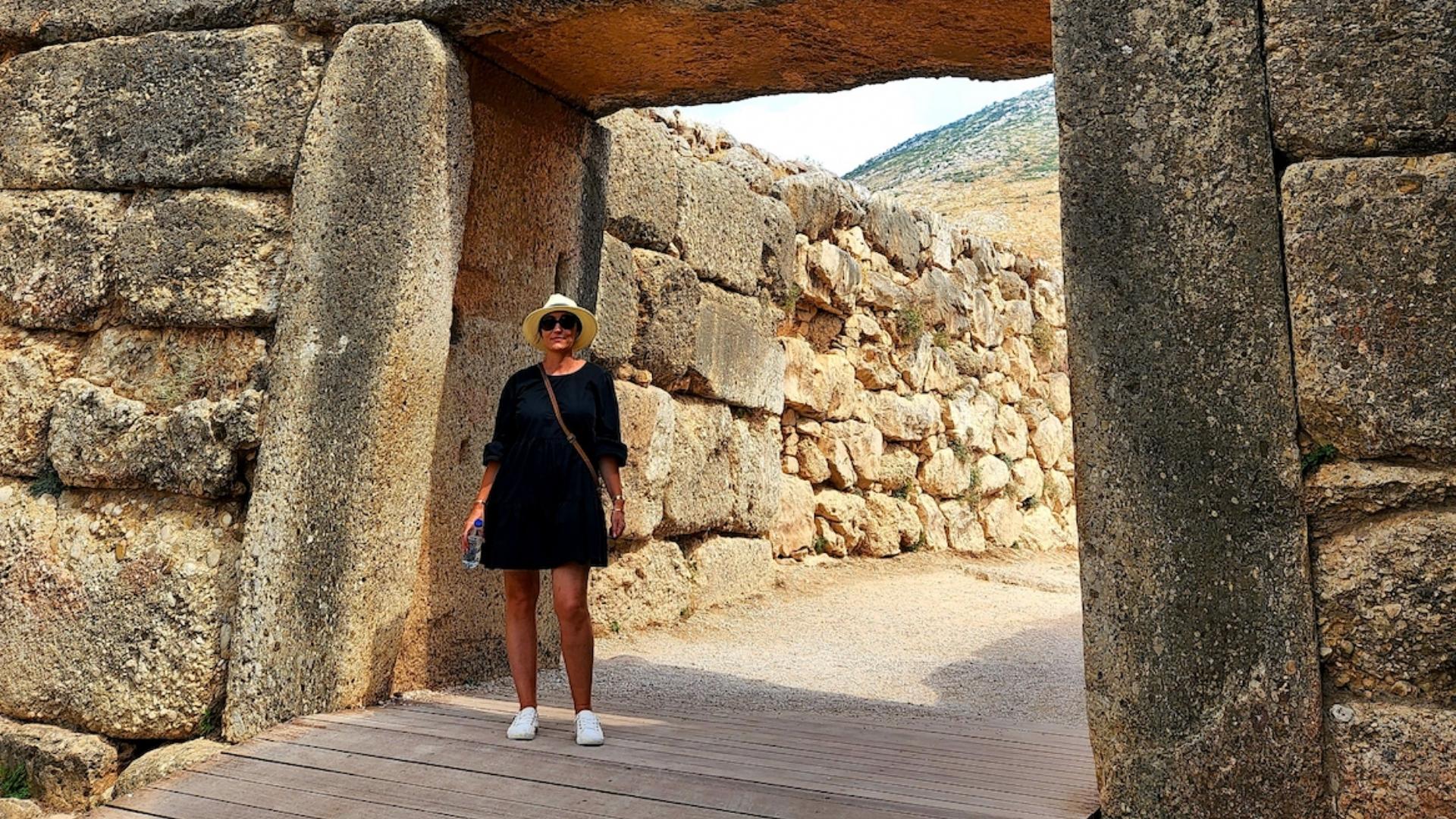By Paula Amos
“If I had to choose just one thing I love about Greece it would be just how visual more than 3000 years of history is. I love Greek history, and being in Greece just brings it to life,” I tell our taxi driver as we are speeding towards the airport.
My husband and I have spent the past 6 weeks on an epic adventure through Greece, taking in Athens, Hydra, Corfu, Zakynthos, Kefalonia, Monemvasia, Meteora, Mycenae, Nafplio and Epidaurus.
I go on to tell him about The Theatre of Asclepieion at Epidaurus dating from the 4th Century BC with perfect acoustics and still in use today, and Palamidis Fortress at Napflio, overlooking the picturesque port town and how interesting it was that you could see how the various invading forces had built on it over time in different architectural styles.
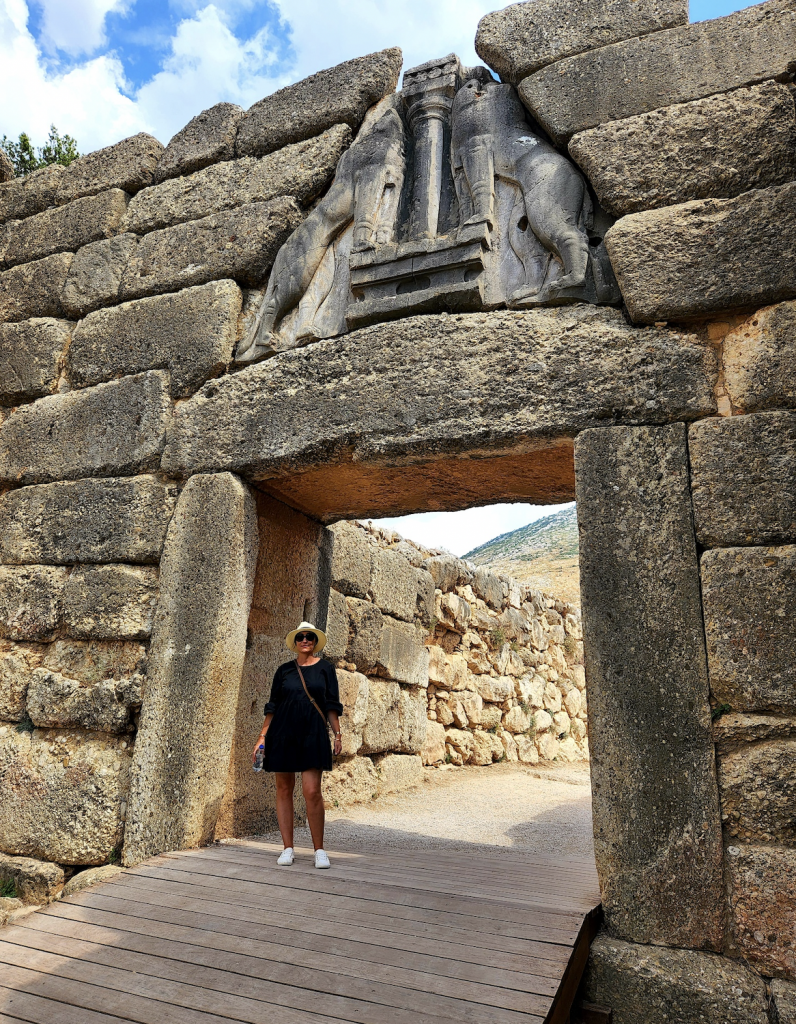
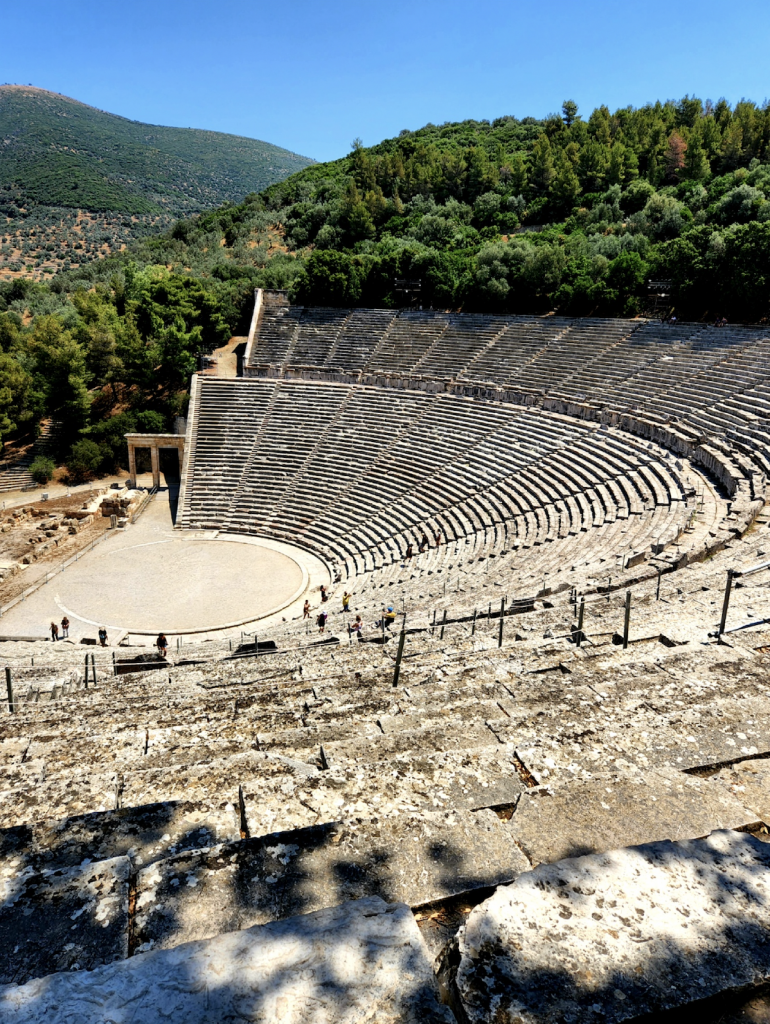
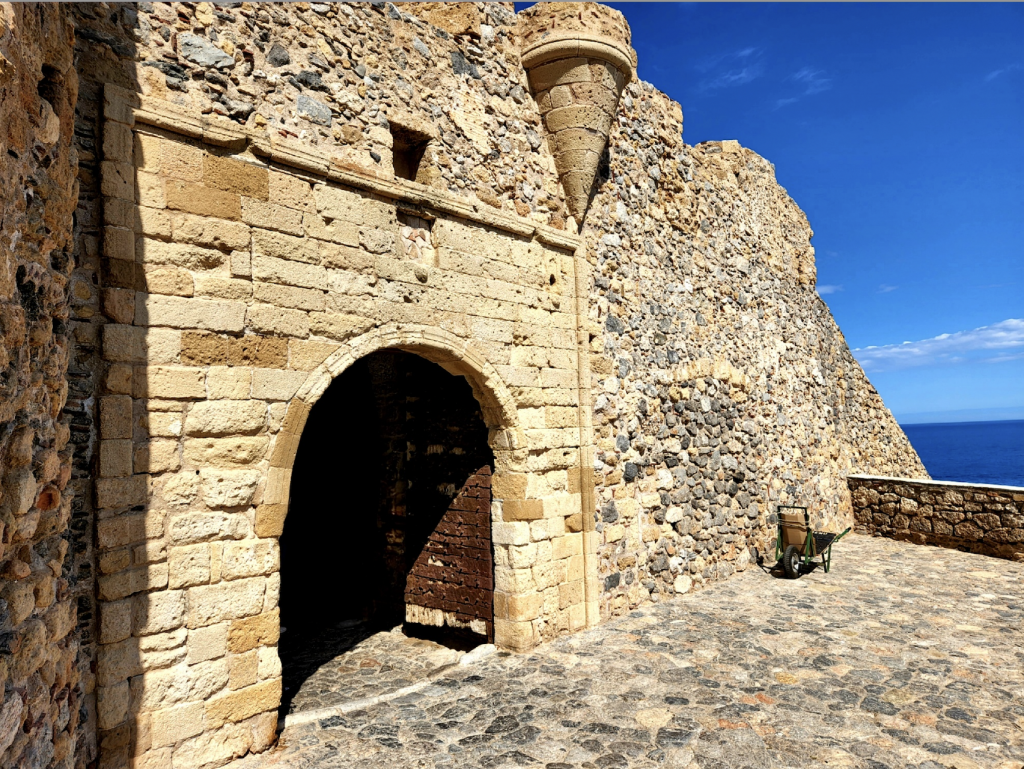
“Of course one of my favourite destinations was Monemvasia,” I tell him. The medieval fortress town continually inhabited since it was built around 583 with many buildings still intact due to it never having been conquered by force as such.
“Stepping inside the castle walls was a magical feeling, like stepping back through time,” I say.
Possibly one of Greece’s best kept secrets away from mass tourism, it was here we discovered a really unique local product, the historic Malvasia Wine, which takes its name from the Venetian name for the area. Making our way around the narrow cobbled streets it was easy to imagine life centuries ago, and how the sweet wine was the most important product for trade.
Of course there is much to love about Greece besides history; its peoples are some of the friendliest in the world, the food, simple but flavoursome is divine, but it’s diversity is most surprising.
Each place has its own unique character and story. Geographically, one place can be vastly different from another; We spent a few weeks exploring the Ionion Islands, west of mainland Greece.
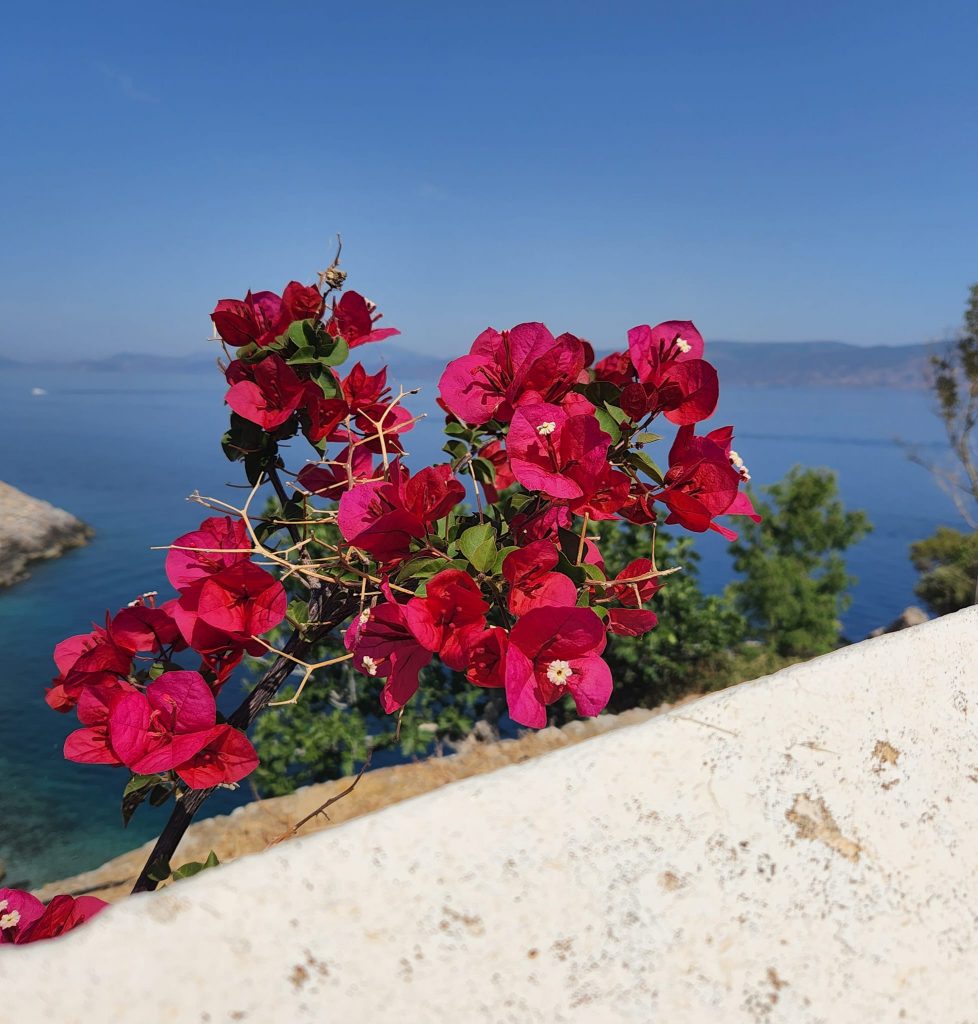
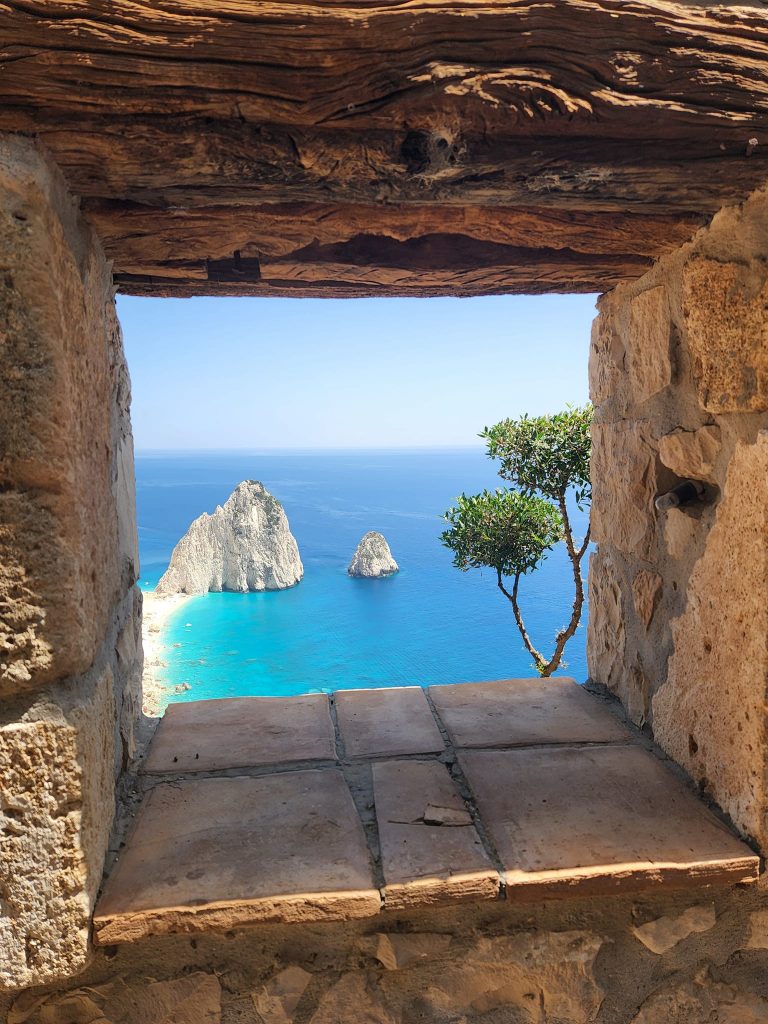
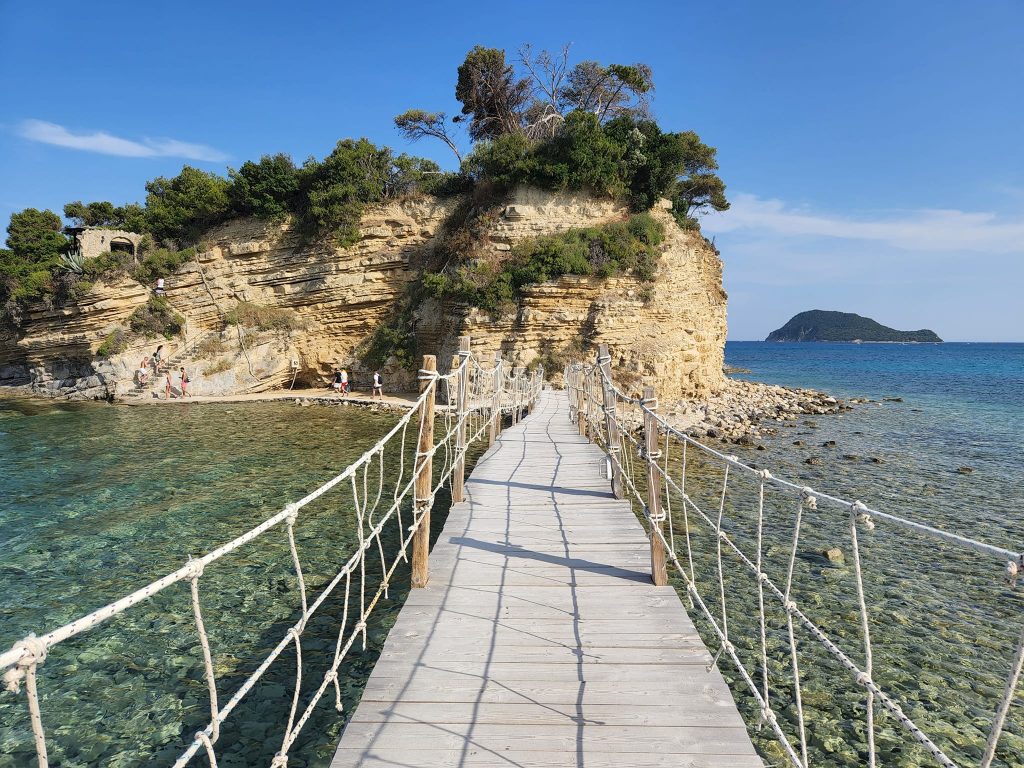
There is a distinct Venetian influence here and they are very different to the islands of the Aegean in that they are very green, covered by olive trees and surrounded by the clear, bright blue waters of the Ionion.
The beautiful sandy beaches and natural beauty of the laid back Ionion Islands contrasts to the charming island of Hydra, a one and a half hour ferry ride from Pireaus saw us in the bustling, historic Port. Motor vehicles are prohibited here, so transportation is by mule, horse or water taxi, adding to the islands charm.
The beauty here is man made, the narrow, paved streets and stone buildings with the backdrop of the Agean Sea. Talking to the friendly locals we were proudly told Hydra has the best amygdalota – almond sweets – needless to say a few boxes accompanied us on our onward journey.
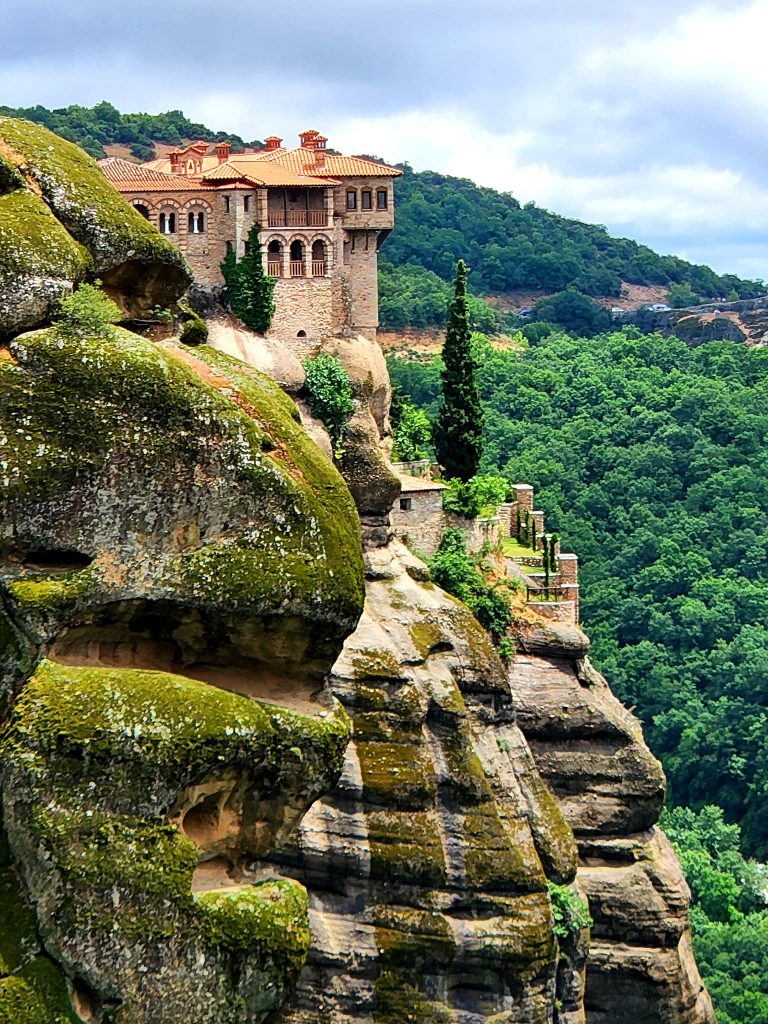
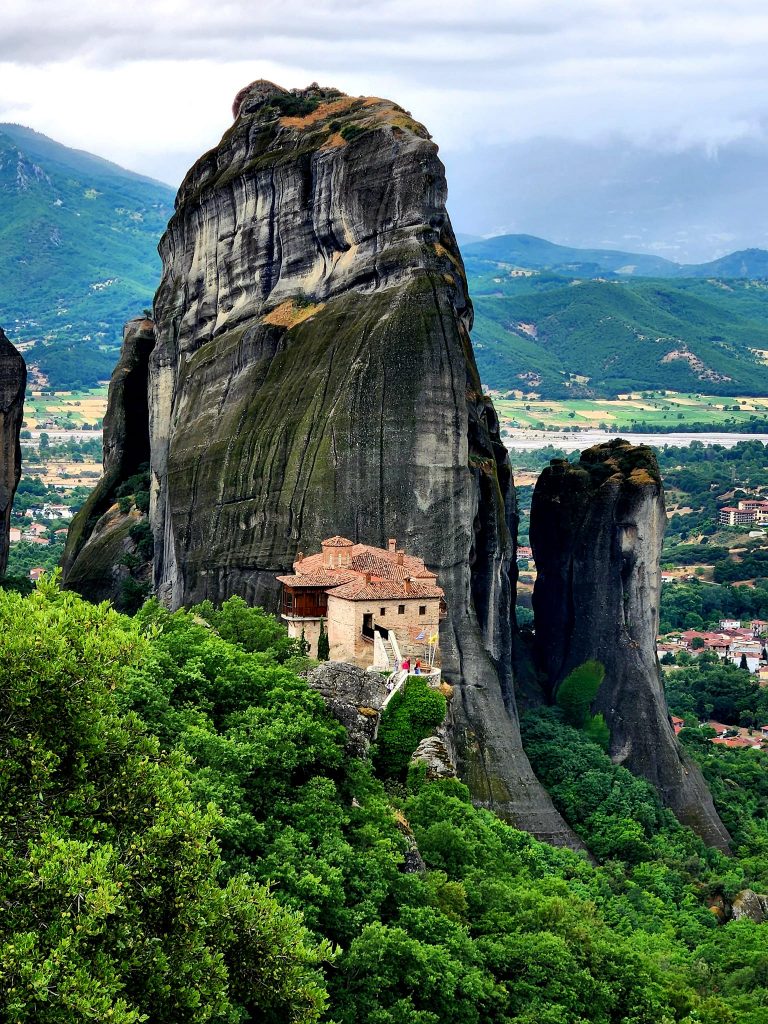
Vastly different again, we visited the spectacular UNESCO site of the Meteora Monasteries in central Greece, almost impossibly built on top of towering monolithic rock formations. Dating back to the 14th century, access was originally via rung ladders which could be quickly pulled up and so therefore provided refuge from the invading Ottomans who wanted the fertile lands of Thessaly. Today there are just six working Monasteries that remain.
“If you want to talk about history, let’s talk about Mycenae” I exclaim to our taxi driver. I suspect he knows more than I do but he’s enthusiastically nodding.
I had always wanted to see the site of the ancient civilization ever since I first read about The Mycenaeans in history books, and of course it is written about in Homeric Poems intertwined with Greek mythology, and it’s legendary King Agamemnon who led the battle against Troy.
“It’s a must do for anyone who’s ever read The Iliad” I say. Either way, standing under the majestic Lions Gate left us with a feeling of awe.
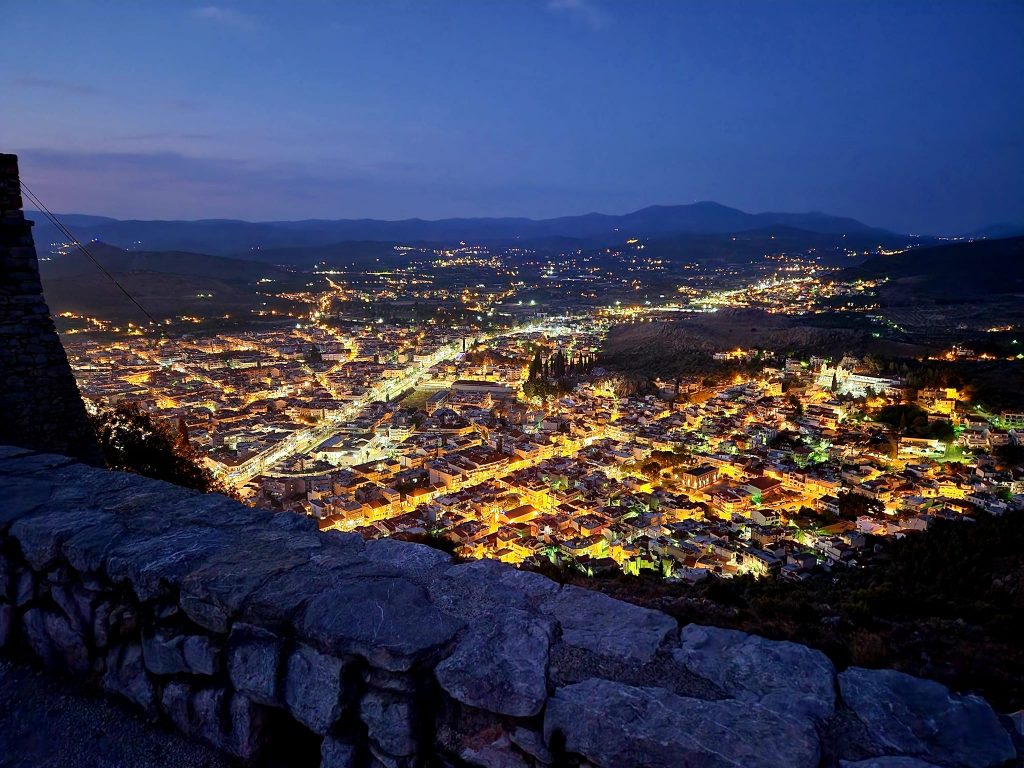
As our taxi pulls into the airport it’s hard to believe our epic journey is at its end.
It seems only yesterday we were arriving in Greece’s capital, Athens, a sprawling metropolis still dominated by 5th Century BC landmarks, excited to be in one of the world’s oldest cities which was once the heart of ancient Greece.
This journey has left a lasting impression on us, from the places we’ve visited to the people we’ve met along the way.
The food, culture, the laid back lifestyle of the islands where a tractor driver had stopped in the street to have a conversation, and old men in cafes were pondering life in the slow lane. Even in the bustling streets of Athens, people took their time to talk to us, advising us on the climb to Mount Lycavittos, if not for anything else other than the spectacular view over the city.
As I take one last look from the window of the plane, it seems to me no matter how many times you visit Greece there will always be something new to discover.
Beautiful Greece, until we meet again.

